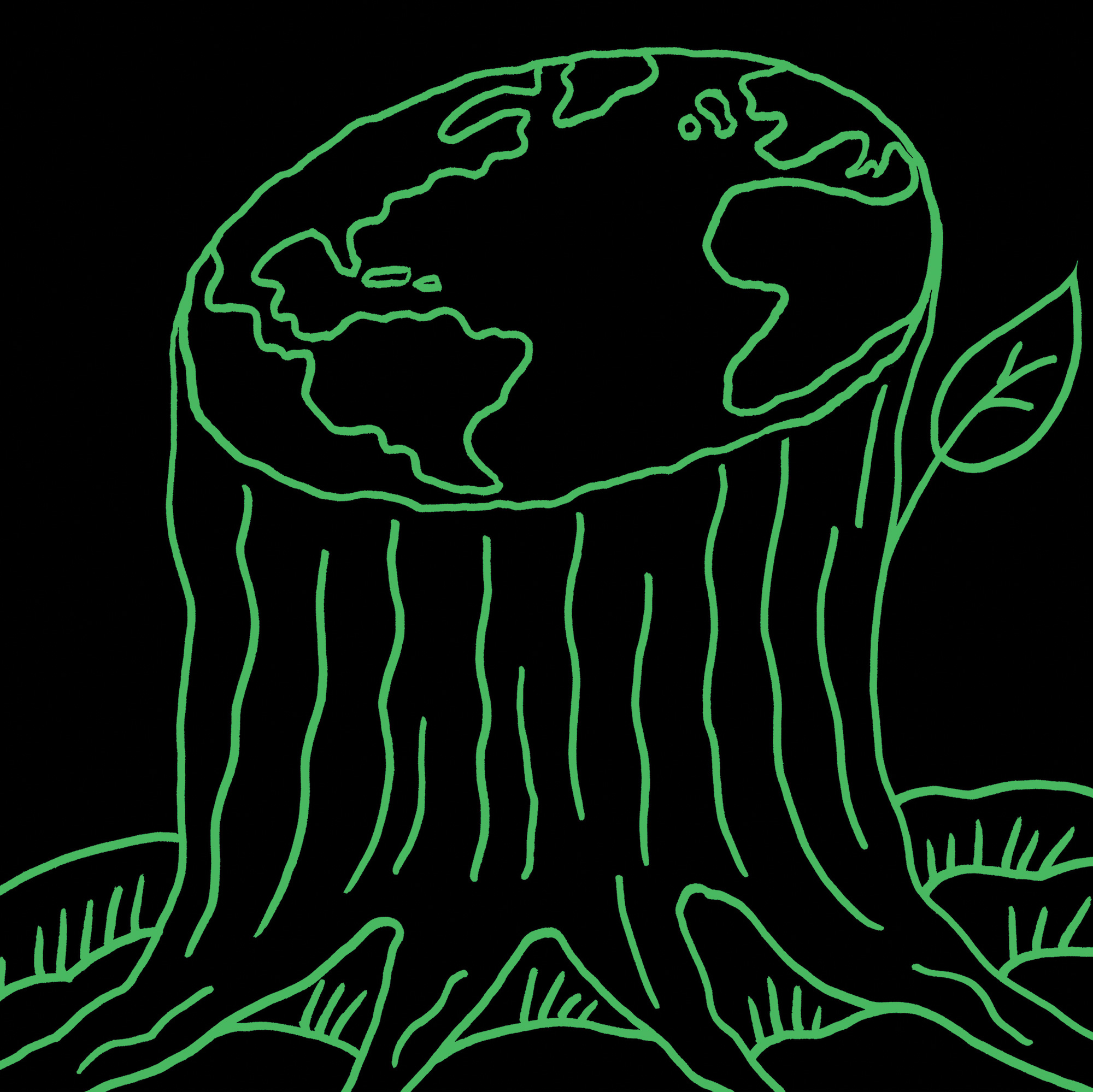
How do we
address the
climate problem?
How do we
address the
climate problem?
How do we
address the
climate problem?
Solutions will rise at the juncture of science, technology, culture and politics. Collaboration will help the UW’s faculty lead the way.
By Lisa Graumlich | Illustration by Anthony Russo | March 2021
In 1980, with great excitement, I started my Ph.D. program in the UW College of Forest Resources. I knew what I wanted to do—use tree-ring records to track human-induced climate change. I chose the UW because of its renown in atmospheric and earth sciences. It also had a newly minted tree-ring lab in the basement of Winkenwerder Hall. I did wonder: Would all those famous faculty really have time to devote to a graduate student studying tree rings? Would my adviser and committee share my conviction that the urgency of the question demanded that we integrate climate science, earth science, tree physiology, forest ecology and, just maybe, a little political science?
The short answer was yes, and it soon became abundantly clear why: Integration and cross-pollination to think beyond our silos is deeply rooted in the culture, in the very DNA, of UW.
In 2010, I was honored to return to UW as the first dean of the newly formed College of the Environment, a college that furthers our bedrock principles by fostering a belief that earth and environmental sciences benefit from more formal integration.
What, then, changed in the past 30 years that finally brought this vision to life? Quite simply, urgency. Environmental challenges were mounting and disconcertingly complex—the climate impacts we foresaw decades ago are now here. We have a deeper understanding of our region’s serious seismic risks. We know that as impossible as it might have seemed, we have fundamentally changed the chemistry of our oceans. And there are a whole host of other issues that demand our attention. The good news—You name a messy, complex environmental issue and it’s highly likely that our faculty are engaged. Again, it’s simply who we are.
So what’s next? Scientists spent decades warning us about what would happen during the 2020s and 2030s. Now we see it. Warmer temperatures are wreaking havoc by fueling massive wildfires and driving more severe storms. The future has arrived and with it the knowledge that natural science is necessary but not sufficient alone for managing our warming planet. As scientists, we need to join our colleagues and communities to imagine and work for a future that is sustainable, just and deeply engaged in issues of race and equity. Our solutions will rise at the juncture of science, technology, culture and politics as we move away from a fossil-fuel economy.
Here at the UW, we are poised to lead in our communities while keeping our eye on how we scale solutions to the planet. As we imagine and build toward that sustainable future, our commitment to solve sticky problems, coupled with our deep community engagement, should remain our North Star. We have risen to challenges before, and our spirit dictates we will do it again. It’s what we do. It’s in our DNA.